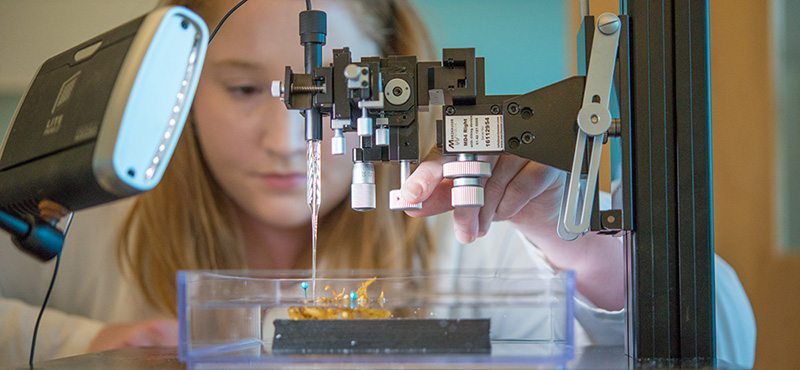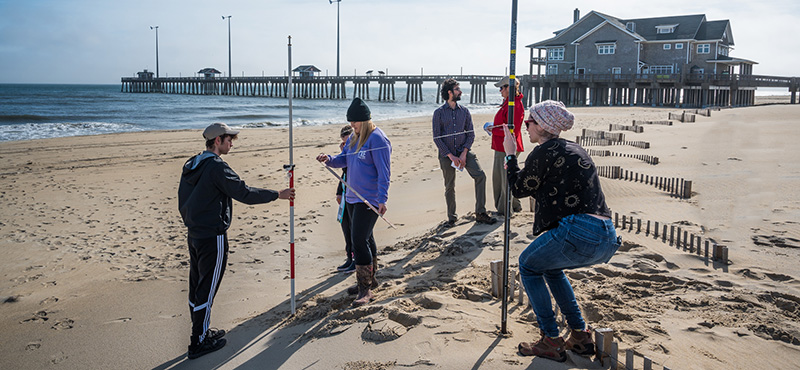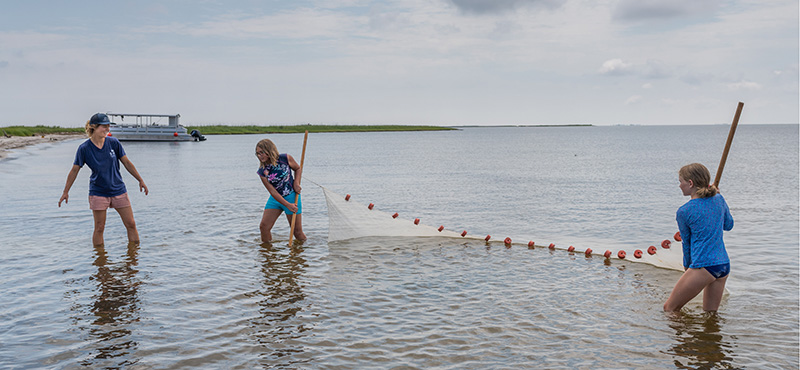Makenzie Allen is a first-year ECU undergraduate student who recently participated in the Semester Experience at the Coast. The following is an account of her time spent on the ECU Outer Banks Campus.
Throughout the spring semester of 2025, I have had the chance to participate in East Carolina University’s Semester Experience at the Coast which takes place on the ECU Outer Banks Campus on Roanoke Island. Since January, I have not only been in the classroom learning but also out in the field alongside research professionals studying all things coastal-related.
Our classroom sessions have included analyzing marine environmental data; listening to guest speakers share their experiences working at the coast; building a better social network through group projects; conducting our own research; and even building our own CTD- a device which measures the conductivity, temperature, and depth of the device in the water. Under the guidance of Dr. Mike Muglia, we spent many hours building all the parts of the device and programming it to transmit code so we could answer and test different research questions. Personally, I used the CTD to measure the salinity within the Croatan Sound. I concluded that there is significantly more freshwater than saltwater in the sound by observing how different the salinities were between ocean water, river water, and sound water.

During our free time, we visited Alligator River National Wildlife Refuge and enjoyed paddling the Buffalo City loop.

In class, we made CTDs from scratch. We used our newly built devices to collect measurements of water quality.

An up-close shot of one of the circuit boards made to go inside our CTDs. We soldered many of the pieces together ourselves.
During Biodiversity of Coastal North Carolina, a course led by Dr. Sean Charles, we placed three settlement plates in two different locations. After two months, we retrieved them to observe the different types of biofouling that had attached to the plates. Biofouling is the accumulation of microorganisms, plants, algae, or small animals on surfaces that are submerged in water. On our settlement plates, there was an abundance of algae, copepods, and small worms along with barnacles in the very early stages of life.
In addition to taking classes, I also interned with the CSI Education & Outreach department. So far, I have worked to create a lesson plan and corresponding activity that can be used for CSI’s summer camp programs. For this project, I chose to focus on shrimp since there is a local shrimp commercial fishing industry on the Outer Banks. After an instructor teaches the students about North Carolina’s shrimp populations and industry, the campers will be able to grow their own brine shrimp to better understand how coastal environmental factors can affect shrimp development.
During my internship, I have also designed an afternoon family program to be hosted at CSI. The Outer Banks is well known for wind and the dunes they create so the family program topic we focused on was just that. Families will have the opportunity to learn about Outer Banks history and science while also participating in fun demonstrations and crafts about wind and sand dunes. This internship has really furthered my knowledge on how to formulate science-based educational programs that benefit those who live in this community. In addition to my two main projects, I have also spent some time assisting in the classroom during K-12 programs and competitions for elementary, middle, and high school students, which, I would say, was my favorite part of it all.

Newly hatched brine shrimp can be seen floating in the container. Though brine shrimp are not closely related to commercially targeted shrimp species around the Outer Banks, they have similar responses to changes in water quality parameters such as temperature and salinity.

Final photo: On one of our field trips, we donned waders to explore the watery, nearshore environment of the Croatan Sound.
My experience at the coast has made me even more excited to go back to ECU in the fall where I plan to continue my Environmental Studies major and Coastal and Marine Studies minor. Over the next few summers, I hope to return to CSI to pursue other research-based internships that they offer under the guidance of faculty members. My experience here has been nothing but great so it’s very hard to leave. As it soon comes to an end, I would happily recommend this program to those who want to widen their connections both in the job-related field and through friendships. Though we, as students, came to the coast to further our knowledge and research skills, we are all leaving with many happy memories.


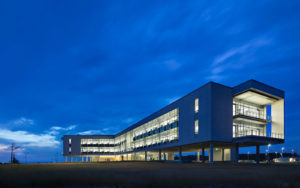
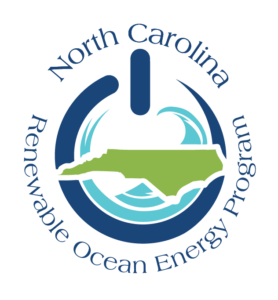 Based at the Coastal Studies Institute (CSI), the North Carolina Renewable Ocean Energy Program (NCROEP) advances inter-disciplinary marine energy solutions across UNC System partner colleges of engineering at NC State University, UNC Charlotte, and NC A&T University. Click on the links below for more information.
Based at the Coastal Studies Institute (CSI), the North Carolina Renewable Ocean Energy Program (NCROEP) advances inter-disciplinary marine energy solutions across UNC System partner colleges of engineering at NC State University, UNC Charlotte, and NC A&T University. Click on the links below for more information.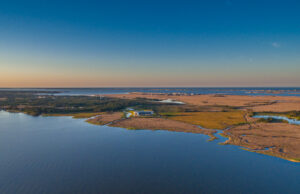 ECU's Integrated Coastal Programs (ECU ICP) is a leader in coastal and marine research, education, and engagement. ECU ICP includes the Coastal Studies Institute, ECU's Department of Coastal Studies, and ECU Diving and Water Safety.
ECU's Integrated Coastal Programs (ECU ICP) is a leader in coastal and marine research, education, and engagement. ECU ICP includes the Coastal Studies Institute, ECU's Department of Coastal Studies, and ECU Diving and Water Safety.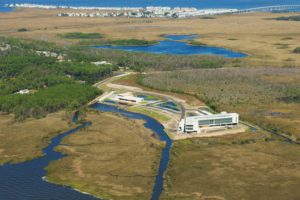 The ECU Outer Banks campus is home to the Coastal Studies Institute.
The ECU Outer Banks campus is home to the Coastal Studies Institute.